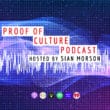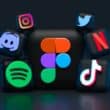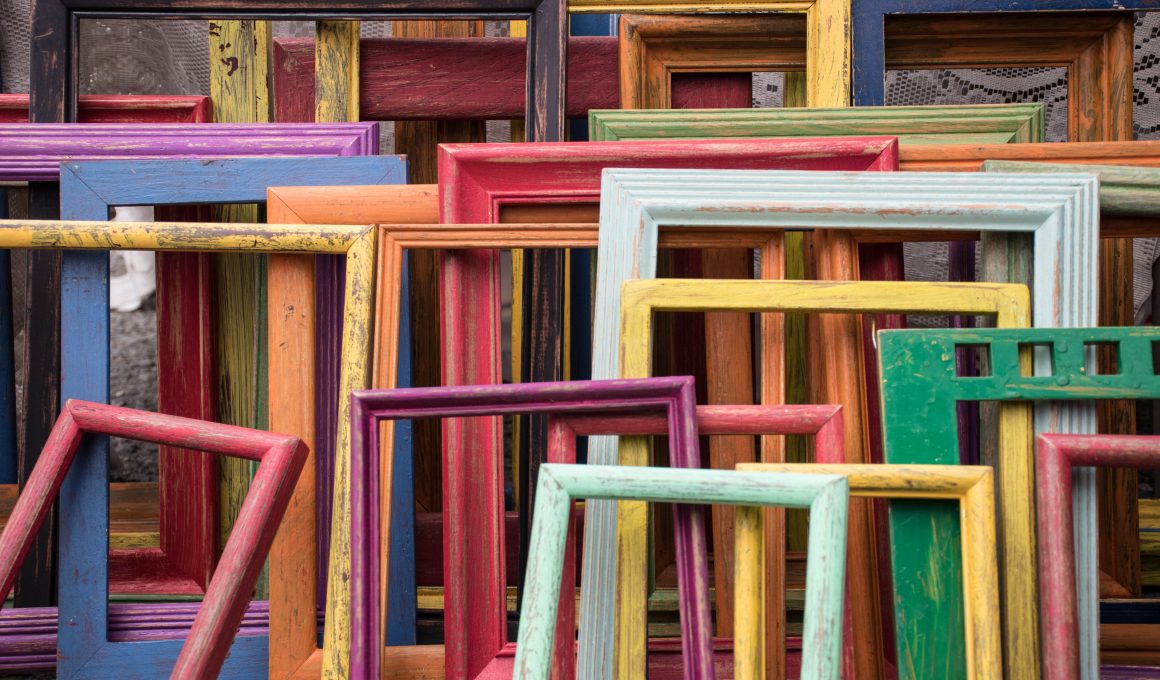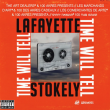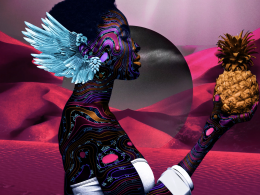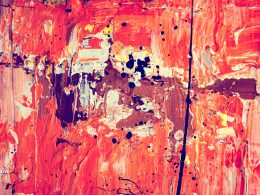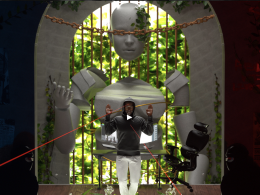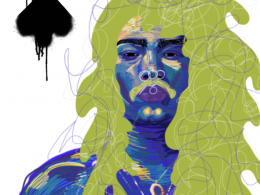The Digital Artist Toolbox: Part 2
This is the second article in a 2-part series. You can read the first article here.
After you’ve built your persona, it’s time to get in front of the right audiences. You’ve no doubt heard that “networking” is important, but for the artist who wants longevity, relationships are currency.
The best artist/collector relationships are authentic. They invite both the artist and collector to be candid about their ambitions and mutually support their shared goals. With so many people in and around the industry, smart artists need a strategy for building their network.
There are 4 main buckets to consider when building connections:
- Collectors: Beyond the obvious collectors actively buying, remember that tomorrow’s collector is today’s observer. Healthy collector relationships can literally be the difference between a casual hobby and a profitable career. If you build a strong artist identity and tell your story well, some collectors will opt-in to your journey and support you along the way. Ideally, you want to be adding prospective collectors to your micro-community so they can get to know you. Collectors often compare notes with other collectors so this is also an excellent way to quickly grow your profile in the industry.
- Peers: These are people who, like you, are artists publishing work on a regular basis. They may be at your level or slightly ahead or behind you. They’re great for hashing out new ideas or talking through challenges. They are also likely to make useful introductions for you.
- Mentors: These are artists or industry influencers who possess expertise that can help you achieve your goals. Whether you’re minting your first NFT or trying to structure a collaboration deal, mentors can encourage and guide you by sharing their experiences, making introductions, and offering hands-on support.
- Collaborators: These are artists in other disciplines who can team up with you. If you’re a visual artist, this could be a musician or a writer who’s looking to add another layer to their work. Collaborators can also expand how you think about what you create and where you distribute it. Further, collaborators usually have unique networks of their own that are ripe for serendipitous introductions.
Use these categories to create a list of 3-5 people you want to add to your network then set about getting connected. Use social media and your existing networks to reach out. Remember to be polite and direct.
Share your artist’s story, and clearly communicate why you want to connect. And whenever possible, share how you can add value to the relationship. A mutually beneficial connection is usually more well-received than one that feels like a one-sided ask.
Your investment in your network will prove worthwhile as you expand your artistic influence. The next connection you make could be the one that changes your career.
Lisa Nicole Bell is a Los Angeles-based art collector who is leveraging her professional expertise as an entrepreneur and media producer to create resources and opportunities for digital artists and collectors.

